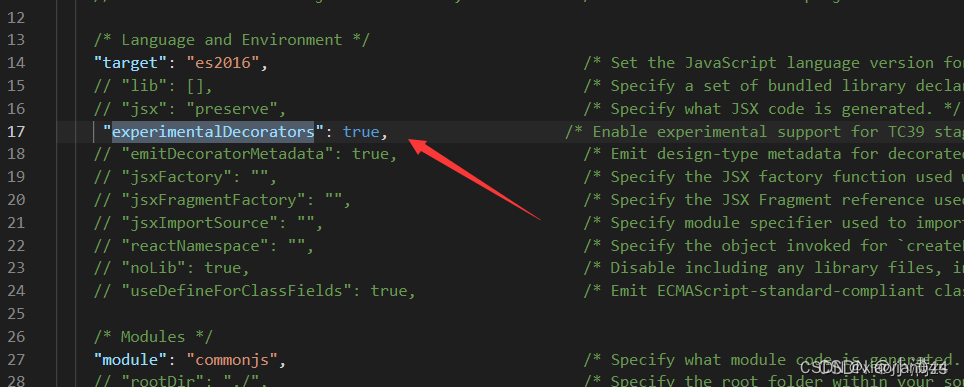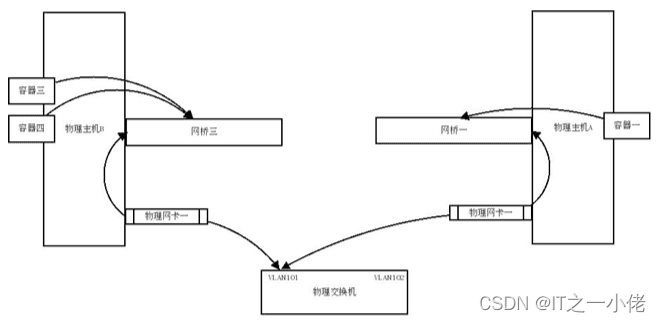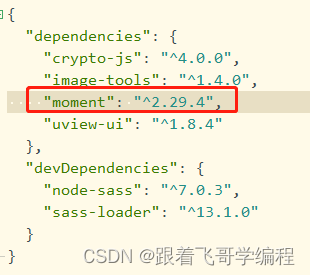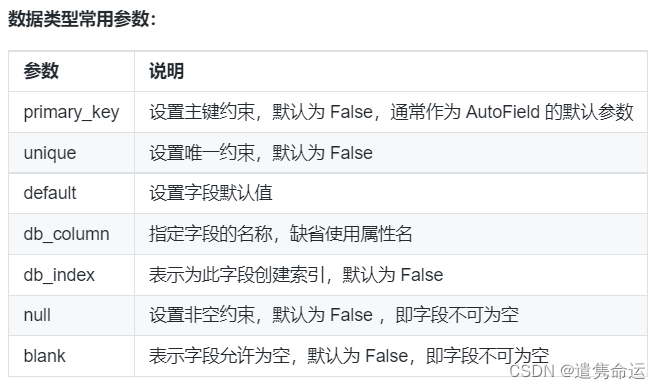Decorator 装饰器是一项实验性特性,在未来的版本中可能会发生改变
不仅增加了代码的可读性,清晰地表达了意图,而且提供一种方便的手段,增加或修改类的功能;
若要启用实验性的装饰器特性,你必须在命令行或tsconfig.json里启用编译器选项

装饰器
装饰器是一种特殊类型的声明,它能够被附加到类声明,方法, 访问符,属性或参数上。
首先定义一个类
class A {
constructor() {
}
}定义一个类装饰器函数 他会把ClassA的构造函数传入你的watcher函数当做第一个参数
const watcher: ClassDecorator = (target: Function) => {
// 因为console.log(target)返回的是class类,所以可以在原型上添加函数
target.prototype.getParams = <T>(params: T):T => {
return params
}
}使用的时候 直接通过@函数名使用
@watcher
class A {
constructor() {
}
}验证
const a = new A();
console.log((a as any).getParams('123'));完整写法如下:
const watcher:ClassDecorator = (target:Function) => {
console.log(target);
target.prototype.getName = <T>(name:T):T => {
return name
}
}
@watcher
class A {
}
let a = new A();
(<any>a).getName()
console.log((<any>a).getName('小剑'));装饰器工厂
其实也就是一个高阶函数 外层的函数接受值 里层的函数最终接受类的构造函数
const watcher = (name: string): ClassDecorator => {
return (target: Function) => {
target.prototype.getParams = <T>(params: T): T => {
return params
}
target.prototype.getOptions = (): string => {
return name
}
}
}
@watcher('name')
class A {
constructor() {
}
}
const a = new A();
console.log((a as any).getParams('123'));装饰器组合
就是可以使用多个装饰器
const watcher = (name: string): ClassDecorator => {
return (target: Function) => {
target.prototype.getParams = <T>(params: T): T => {
return params
}
target.prototype.getOptions = (): string => {
return name
}
}
}
const watcher2 = (name: string): ClassDecorator => {
return (target: Function) => {
target.prototype.getNames = ():string => {
return name
}
}
}
@watcher2('name2')
@watcher('name')
class A {
constructor() {
}
}
const a = new A();
console.log((a as any).getOptions());
console.log((a as any).getNames());方法装饰器
返回三个参数:
对于静态成员来说是类的构造函数,对于实例成员来说是类的原型对象;
成员的名字;
成员的属性描述符;
[
{},
'setParasm',
{
value: [Function: setParasm],
writable: true,
enumerable: false,
configurable: true
}
]const met:MethodDecorator = (...args) => {
console.log(args);
}
class A {
constructor() {
}
@met
getName ():string {
return '小满'
}
}
const a = new A();属性装饰器
返回两个参数:
对于静态成员来说是类的构造函数,对于实例成员来说是类的原型对象;
属性的名字
[ {}, 'name', undefined ]
const met:PropertyDecorator = (...args) => {
console.log(args);
}
class A {
@met
name:string
constructor() {
}
}
const a = new A();参数装饰器
返回三个参数
对于静态成员来说是类的构造函数,对于实例成员是类的原型对象;
成员的名字;
参数在函数参数列表中的索引
[ {}, 'setParasm', 0 ]
const met:ParameterDecorator = (...args) => {
console.log(args);
}
class A {
constructor() {
}
setParasm (@met name:string = '213') {
}
}
const a = new A();















![[1173]regexp_replace()和regexp_substr()函数的用法](https://img-blog.csdnimg.cn/img_convert/d5325562013e38b49b681bb78ecd1378.png)



